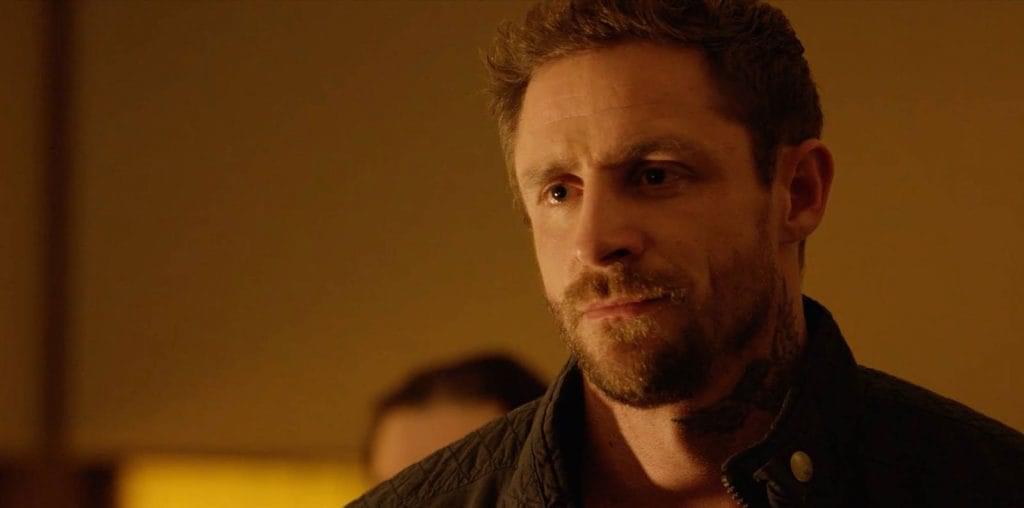
For over 500 years, residents of the town of Marmato in the Columbian mountains have been mining the extensive gold reserves in and around their community. If you’re a mine owner, or someone who processes the gold, there’s a minor fortune to be made, but most work in the treacherous mining conditions with outdated methods and equipment.
Everything begins to change, however, when the price of gold rises and a Canadian corporation, Medoro Resources, with the blessing of the Colombian government, swoops in and buys out 80% of the mines. Planning to change the mining culture by turning the mountain into an open pit excavation, the corporation tries to convince the final holdouts to sell, and the community to move the town to a safer location (the old-fashioned mining techniques have left the area prone to landslides and other dangerous conditions). When negotiations don’t work, the government gets involved.
Suddenly, dynamite cannot be imported into town. The corporation closes the mines it owns. Slowly, the town begins to die as residents no longer have the resources to work, or even a mine to work in. Desperate times call for desperate measures, however, and soon enough residents are defying law and convention to survive, despite the possibility that, if caught, they could be punished as “terrorists.”
Marmato is one of those documentaries that often feels very cut-and-dry as far as who the villains are, but at the same time, there is enough time given to explore some of the nuance and logic to the outside corporations’ actions. While it’s definitely a case of a company imposing its will on a community, the initial sales that made that possible were made by the mine owners, and you have to wonder where was their concern for the community? Then again, if no one sold, would the government have stepped in sooner? Also, the living conditions in town are rough and buildings are in disrepair; would a better home outside of this historical town be such a bad idea, especially for those barely making a living with the limited payouts from the current mining situations?
You have to balance those potentially conflicting thoughts with the history and culture of the town. As mentioned earlier, the mine owners may see something profitable from selling their mines, but most in town are just facing unemployment and displacement from the town they’ve called home for generations. The identities of the people, the town and mining are all tightly intertwined. Maybe there’s a diplomatic solution to be found, but that is made difficult considering the first moves by those in power, whether it be the corporation or the Columbian government, have been in the interest of making money as quickly as possible, as opposed to creating a situation where all can thrive.
It’s ultimately an underestimation of how resilient the town can be when faced with adversity. Those in power obviously thought that, if they could make economic conditions tough enough through “legal” means, then the “local problem” would work itself out. They miscalculated. Then again, it’s a long game and even at seeing six years worth of manuvering in this film, there’s still more to come. With gold prices evolving and a potential $20 billion dollar or more payoff sitting under the town, you know this story is far from over.
